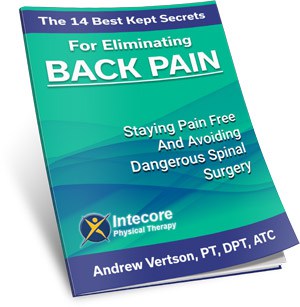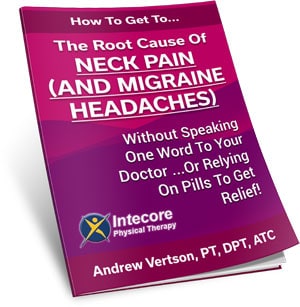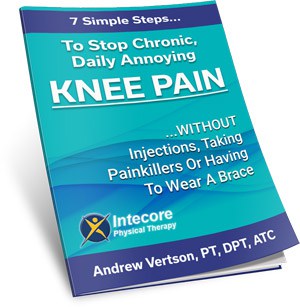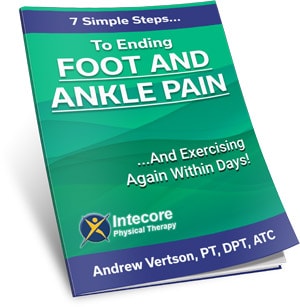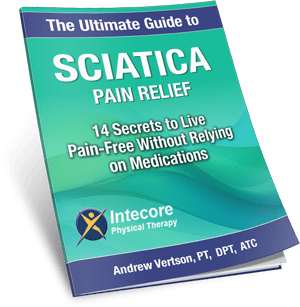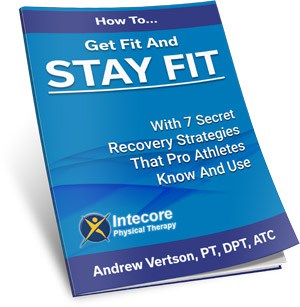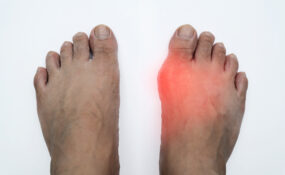Are you seeking lasting relief from pain and a path to greater physical independence? This comprehensive guide combines essential self-help strategies with insights into the crucial role of physical therapy in helping you achieve a pain-free, active life.
Understanding Your Body’s Limits: A Foundation for Pain Prevention
Why is it important to understand my body’s limits? Recognizing and respecting your physical boundaries is fundamental to preventing injury and managing existing pain. Pushing beyond your capacity, especially if you have a prior injury or are recovering, can exacerbate issues and hinder recovery.
How can I gauge my personal physical limits? Think of your effort on a scale of 1 to 10:
- 1: Completely relaxed (e.g., reading a newspaper).
- 5: Moderate effort (e.g., carrying groceries).
- 8: Significant exertion, out of breath (e.g., carrying groceries upstairs quickly).
- 10: Maximum effort, heart racing.
As a general rule, aim to stay within a 6-7 on this scale during your daily activities, particularly if you’re recovering or have a pre-existing condition. For more intense activity or when pushing boundaries, always do so under the guidance of a licensed physical therapist.
The Power of Movement: Why Staying Active is Your Best Defense Against Pain
Isn’t rest the best way to recover from pain or injury? While acute rest can be necessary immediately after an injury, prolonged inactivity can actually worsen pain and delay recovery. Your bones, muscles, and joints are designed for motion. Staying active helps maintain fitness levels, which is crucial for fighting pain and facilitating recovery.
What kind of activity should I be doing? Regular physical activity is key. Aim to stretch and strengthen your muscles at least twice a week. It’s common for aches and sprains to arise from tight (inflexible) or weak muscles. Therefore, ensuring your muscles are properly stretched and strengthened, ideally under the supervision of your physical therapist, is paramount. They can guide you on the right exercises and techniques for your specific needs.
Unmasking the Causes of Pain: More Than Just Physical Strain
What are the most common reasons people experience pain? Pain can stem from a variety of sources, impacting both the mind and body. While stress is a significant contributing factor in our increasingly demanding world, here are some common causes:
- Strain from Daily Life: The pressures of professional or personal life can overload and weaken muscles, leading to chronic strain.
- How physical therapy helps: Physical therapists prioritize strengthening your muscles in a systematic, progressive manner, building your resilience to daily stressors and enabling a pain-free life.
- Anatomical Problems (Bones, Discs): Incorrect movement patterns and lifting techniques can lead to the breakdown of weak tissues, affecting bones and spinal discs.
- How physical therapy helps: Physical therapists teach you optimal body mechanics and efficient movement techniques to protect your joints and muscles, allowing you to function with improved efficiency and reduce wear and tear.
- Joint Deterioration: The natural aging process can lead to a gradual breakdown of joint integrity. Repetitive motions, especially when coupled with excess weight, can accelerate muscle weakness and joint destruction.
- How physical therapy helps: Through targeted strengthening and conditioning, physical therapists help you become stronger and healthier, minimizing the effects of joint deterioration and improving overall joint function.
The Physical Therapist: Your Partner in Movement and Wellness
Who exactly is a physical therapist, and what do they do? Physical therapists (PTs) are highly trained healthcare professionals who evaluate and treat individuals of all ages – from newborns to the elderly – who face medical problems or health conditions that limit their ability to move and perform daily functional activities.
What can I expect from a physical therapy session? A PT will conduct a thorough examination and then develop a personalized treatment plan. This plan utilizes various techniques to:
- Promote your ability to move.
- Reduce pain.
- Restore function.
- Prevent disability.
Beyond treatment, PTs also focus on preventing mobility loss before it occurs. They achieve this by developing fitness- and wellness-oriented programs tailored for healthier and more active lifestyles.
Where do physical therapists work? PTs provide care in diverse settings, including:
- Hospitals
- Private practices
- Outpatient clinics
- Home health agencies
- Schools
- Sports and fitness facilities
- Work settings
- Nursing homes
It’s important to note that state licensure is required for physical therapists in every state where they practice, ensuring a high standard of professional care.
How can a physical therapist empower me? Think of your physical therapist as more than just a healthcare provider; they are your coach and teacher. They deliver knowledge, offer independence through improved function, and focus on helping you understand your body better. With their expertise and guidance, you can feel more confident and in control of your physical well-being.

- Dormant Butt Syndrome: How to Wake Up Your Glutes - August 13, 2025
- Your Comprehensive Guide to Understanding and Managing Pain with Physical Therapy - June 11, 2025
- Understanding the Causes of Shoulder Pain - May 16, 2025





